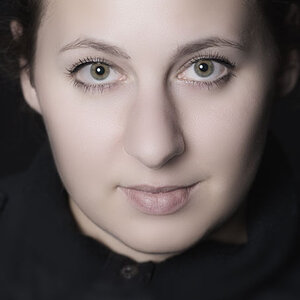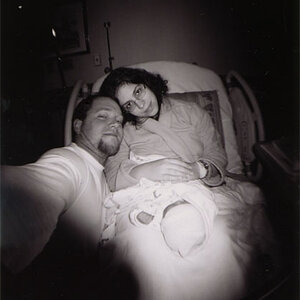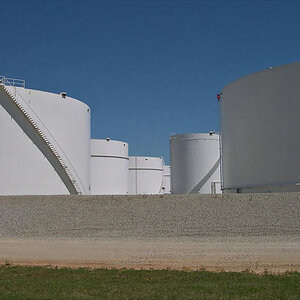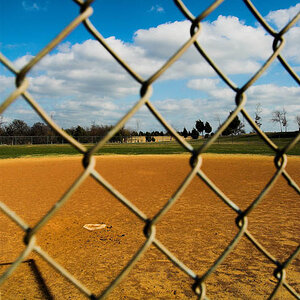vintagesnaps
Been spending a lot of time on here!
- Joined
- Jan 13, 2013
- Messages
- 9,119
- Reaction score
- 3,109
- Location
- US
- Can others edit my Photos
- Photos NOT OK to edit
Those are really nice photos.
I've read that people use vinegar (for darkroom work and for house cleaning) but to me, that would smell worse than the chemistry - seriously! A little goes a long way for me, I'd just get some stop.
You could practice loading film on the reel, I've used a roll that didn't turn out, sit and practice while you're watching TV or something.
From what I've seen and read, xray film can scratch really easily, maybe if you try something new do that once you feel like you've got this process down.
You got beautiful results.
I've read that people use vinegar (for darkroom work and for house cleaning) but to me, that would smell worse than the chemistry - seriously! A little goes a long way for me, I'd just get some stop.
You could practice loading film on the reel, I've used a roll that didn't turn out, sit and practice while you're watching TV or something.
From what I've seen and read, xray film can scratch really easily, maybe if you try something new do that once you feel like you've got this process down.
You got beautiful results.



![[No title]](/data/xfmg/thumbnail/37/37606-3c9ffb5906173fa2aa489341967e1468.jpg?1619738148)

![[No title]](/data/xfmg/thumbnail/33/33359-a5cf76b8e843e82b3831650af6dfa6b3.jpg?1619735923)
![[No title]](/data/xfmg/thumbnail/30/30988-aef3845b94a67d6dcce6e4e59d5d66c3.jpg?1619734553)



![[No title]](/data/xfmg/thumbnail/37/37603-739c5d9b541a083a12f2f30e45ca2b7b.jpg?1619738147)

